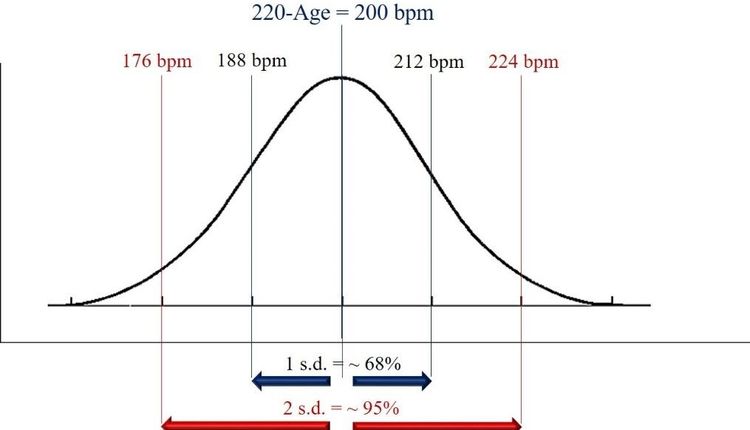In a study conducted by the international Neck Pain Task Force of the Bone and Joint Decade (BJD) of the World Health Organization (WHO) and reported in the journal SPINE, researchers marginalize commonly used approaches to treating neck pain and highlight interventions that were previously viewed with caution. According to the study and confirmed by the Foundation for Chiropractic Progress, in cases of neck pain without consistent radiating pain the shoulder or arm, surgery is rarely advised.
The findings result from a six-year review of more than 31,000 research citations with subsequent analysis of over 1,000 studies. The multi-disciplinary report, involving persons from 19 areas of study and from eight collaborating universities in four countries, is widely regarded as one of the most extensive reports on the subject of neck pain ever developed, and it offers the most current perspective on the scientific evidence related to the care and management of neck pain.
"This study validates that interventions such as spinal manipulation or spinal adjusting that promote regaining function and a return-to-work are more beneficial than usual care, sham or alternative interventions," says Gerard W. Clum, DC, President of California-based Life Chiropractic College West and speaking on behalf of the not-for-profit Foundation.
The report proposes a new four-level classification system for neck pain, with the majority of neck pain problems falling into the Grade I and Grade II categories of this scale. Problems of this type do not involve fractures, neoplasms, myelopathy or radicular pain.
"A pain in the neck is a common adage for a good reason it is a widespread, annoying, aggravating and disabling problem affecting up to 70% of the population annually," explains Dr. Clum. "While this type of condition does not carry the life-or-death reality of a heart attack or cancer, it often undermines a person's quality of life over decades. People often say that time heals all wounds, but neck pain may be an exception that does not resolve well over time. In fact, it tends to worsen over time, unless addressed effectively and efficiently."
He points out that neck pain is an important factor in the lives of millions of people around the globe and is also an important cost center associated with many workplace injuries as well as many automobile injuries.
"This authoritative study offers health care professionals including primary care physicians, surgeons, chiropractors, physical therapists and others a thoroughly documented overview of the strategies that have been established in the scientific literature to address neck pain," says Dr. Clum.
The Neck Pain Task Force report offers "an evidence-based analysis of what is known about neck pain as opposed to what has been believed or handed down from one generation of providers to another.
"From my vantage point as a chiropractor, their recommendations greatly support the approach and forms of care provided by chiropractors, especially spinal adjustments that have been central to the practice of chiropractic," says Dr. Clum.
Also presented with the report of the Neck Pain Task Force were a number of neck-related studies. One important study brings considerable question to the linkage between cervical (neck) manipulation and the development of a unique form of vascular problem known as vertebrobasilar artery insufficiency or vertebrobasilar artery stroke. The findings from an analysis of nine years of data involving approximately 110 million patient years reveal no greater incidence of this type of problem among chiropractic patients than among patients of general practitioners.
The Neck Pain Task Force noted in its Executive Summary, "This is likely explained by patients with vertebrobasilar artery dissection-related neck pain or headache seeking care before having their stroke."
"When a patient develops a vertebrobasilar artery dissection, it produces neck pain prompting the patient to seek attention with many patients choosing to access care from chiropractors or general practitioners," says Dr. Clum. "The study concludes that patients do develop stroke symptoms at the same rate regardless of the type of practitioner they select. This indicates that the type of care chosen does not contribute to their problem."
Among the factors that were found to contribute to a better recovery from bouts of neck pain were a preference for one type of care versus another from the patient perspective as well as the attitude of the patient and the ability to return to normal activities of daily living and normal work activities.
For more information about the report of the Neck Pain Task Force or the Foundation for Chiropractic Progress, visit www.f4cp.com.







